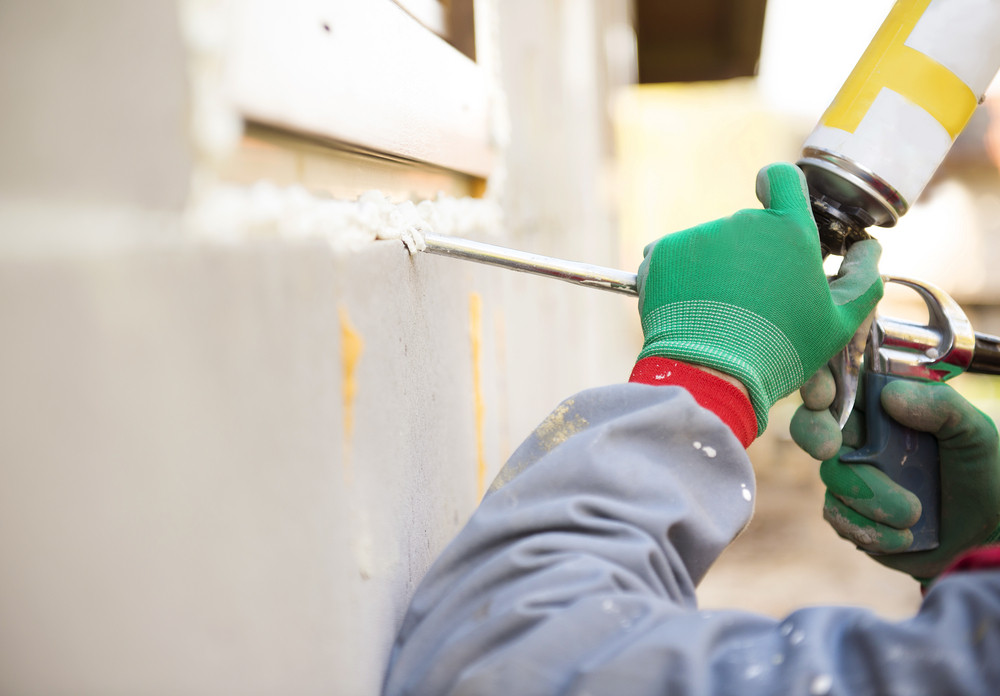
Managing a household can be a challenging endeavor, especially for families with dual incomes. Between work commitments and personal time, it can be easy to overlook home maintenance tasks. However, keeping up with maintenance is essential not only for preserving your property’s value but also for ensuring safety and comfort. Here are some tips to help prioritize home maintenance amidst a busy lifestyle.
Understanding Your Legal Obligations
As a property owner, it’s crucial to recognize your legal responsibilities. Property owners have a legal obligation to keep their premises free of hazards and to warn visitors if any hazards cannot be removed. This obligation extends beyond personal safety; it also protects you from potential liability issues. A slip on an icy walkway or a trip over a broken step can lead to serious injuries and costly lawsuits.
Regular inspections are a good starting point. Take time each month to walk through your property, noting any issues that could pose risks to visitors or family members. For example, check for loose railings, cracked sidewalks, or damp areas that could indicate leaks. Creating a checklist can help you stay organized. Prioritize repairs that can prevent accidents or health hazards, such as fixing mold issues or ensuring proper ventilation in bathrooms.
Budgeting for Major Repairs
When it comes to home maintenance, budgeting is key. Many homeowners are surprised to learn that masonry repairs can be quite costly. According to Home Advisor, masonry repair costs an average of $1,617, with a typical range between $749 and $2,499. These figures highlight the importance of proactive maintenance to avoid more significant expenses down the line.
Start by identifying areas of your home that may require masonry work, such as chimneys, walls, and patios. Schedule periodic assessments by a professional, especially if you notice cracks or shifts in the structure. Addressing small issues early can save you from larger repairs that come with higher costs.
For dual-income families, it might be wise to set aside a monthly budget specifically for home maintenance. Consider establishing a “home repair fund” where a portion of your income is saved for unexpected repairs. This fund will alleviate the financial burden when major repairs arise, allowing you to tackle issues without stress.
Maintenance for Longevity
Home maintenance is not only about immediate repairs but also about longevity. For example, an asphalt driveway can last up to 25 to 30 years with proper maintenance, according to Bob Vila. Regular upkeep can extend the life of your driveway and save you from costly replacements.
To maintain your driveway, consider scheduling sealcoating every two to three years. This process protects the asphalt from the elements and helps prevent cracks from forming. Additionally, keep the surface clean by regularly removing debris, such as leaves and dirt, which can trap moisture and lead to deterioration.
Encourage you guests to be mindful of the driveway as well. Implement simple habits, like using mats for muddy shoes or avoiding parking heavy vehicles in the same spot consistently. Small actions can contribute significantly to the overall maintenance of your property.
Prioritizing your necessary home maintenance tasks may seem daunting, especially for couples balancing multiple responsibilities. However, by understanding your legal obligations, budgeting for repairs, and implementing regular maintenance routines, you can effectively manage your home’s upkeep. Remember that a proactive approach not only preserves your property’s value but also creates a safe and welcoming environment for you and your guests. By making home maintenance a shared effort, you can turn it into a manageable and rewarding part of your dual-income lifestyle.









